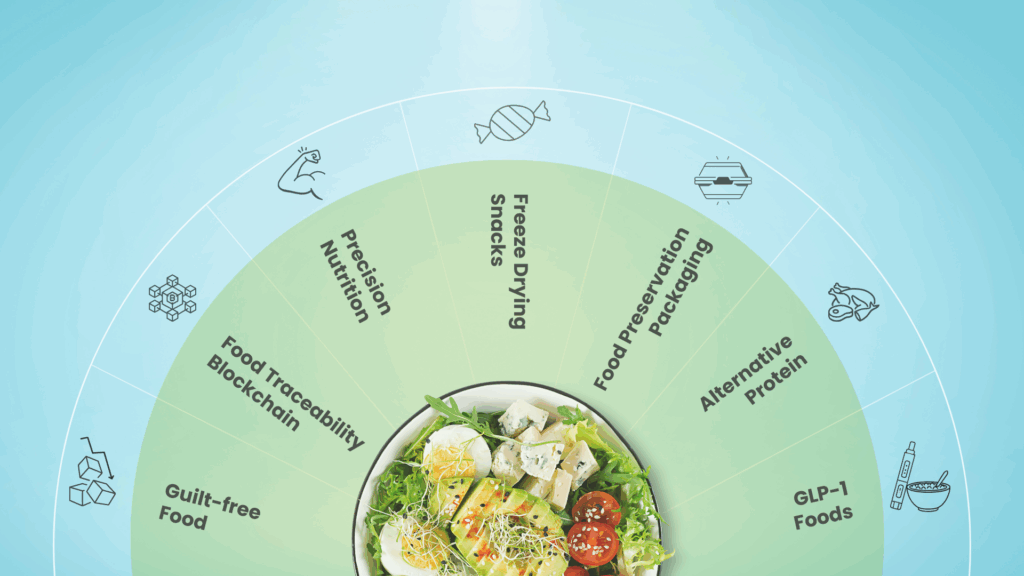The pyramiding model of search underpins that people with broad interests in a particular area tend to know people with higher levels of knowledge than them. It resembles how a doctor knows which specialist to refer you to.
As I came across this technique, I was curious to see if it would apply on an industry level. That’s when I landed on a research paper, Crossing domain-specific Boundaries in Search of Innovation: Exploring the Potential of ‘Pyramiding’, by Marion K. Poetz and Reinhard Prügl
While pyramiding can be good innovation practice for R&D teams, it hasn’t been discussed much.
Where can you apply this technique? Why should your R&D team look for experts outside their domain? What does the pyramiding process entail? And which companies have adopted this approach?
Using the insights from the paper, I have tried to answer all these questions in the article. Interested to know how Pyramiding can help your company stay atop?
Well, here you go!
Are you struggling to come up with new ideas?
Our idea generation techniques report can help! This comprehensive guide covers a variety of proven techniques for generating creative and innovative ideas. Fill out the form to request the report:

Where can you apply the Pyramid searching technique in the industry?
Applying the pyramiding technique can help your R&D team gather novel solutions in collaboration with domain experts outside your organization.
This is one of the reasons why innovation managers and researchers are progressively thinking about open innovation these days.
To take an example, Procter & Gamble decided to implement the open innovation strategy ‘connect + develop’ –
P&G aimed to develop at least 50 percent of innovations outside the boundaries of P&G’s R&D labs.
As a result, more than 35 percent of new products in the marketplace include elements originally developed outside P&G.
Furthermore, 45 percent of initiatives within the product development portfolio include externally discovered core elements.
Through this initiative, P&G’s R&D productivity was increased by approximately 60 percent, the success rates of new products almost doubled, and R&D costs were reduced from 4.8 percent in 2000 to 3.4 percent in 2006.
But why should you look beyond your research domain?
When you keep looking for ideas within the four walls of your organization (in other words, “locally”), it negatively affects your search process and the novelty of the ideas being generated.
Repeatedly innovating internally will contribute to local search biases, limiting the team to the knowledge that only exists inside the organization.
This can be overcome by choosing a pyramiding search. R&D teams can expand their search horizon and find solutions by working with experts from different domains linked with similar problems.
The Pyramiding Process
The first step of the pyramiding search is to identify people you think have higher levels of knowledge about the solution you desire– or know who can guide you to them. You can then discuss the same problem with those people. The process will continue until you identify the individuals with the desired high levels of the attribute (the ‘top of the pyramid’) that have the answers you need.

Here the essential criteria is to look for solutions in the analogous domains.
For example, the antilock braking system (ABS) – standard car equipment nowadays – was developed by systematically searching for advanced analogous markets that face similar and even more extreme braking needs. Car manufacturers found this analogous market in the aircraft industry and succeeded in transferring the solution to their target market.
Another example is how the solution to a medical imaging problem was found in innovation by military experts.
A team of researchers was working in the field of medical imaging. The team intended to find ways to develop better high-resolution images that could help detect early-stage tumors.
Following the Pyramid Searching Technique, they first contacted some radiologists (the target field) working on the most challenging medical-imaging problem.
The team then asked for people in another domain to work on the imaging-related problem. This led them to two groups of specialists, one working in the area of pattern recognition (analogous field 1) and the other on images that show fine details of a semiconductor chip (analogous field 2).
The specialists in the field of pattern recognition further led them to become military reconnaissance experts. They were using this technology in images to find answers to questions like “Is that a rock lying under that tree, or is it the tip of a ballistic missile?” These military experts had innovated ways to capture high-resolution images using pattern recognition software.
The image below provides a schematic illustration of how the team of researchers used the pyramiding search technique to find the desired innovation –

So, how can you smoothly run a pyramiding search?
Finding the right company/domain to collaborate with can sometimes be challenging. So here are a few things you can take care of while looking for the right solution-
- To increase your chances of finding better leads, look outside your domain rather than restricting yourself to the company’s knowledge.
- Be thorough in conveying your problem and the desired solution. Since you’ll be asking questions to people from different domains, if you fail to make them connect with your problem, you will hamper your chances of finding the next lead.
- If you were not able to gather enough knowledge in the last 3-4 search meetings, you might be running your search wrong. Go back to the whiteboard, figure out what went wrong, and start again.
- If you have been referred to the same lead multiple times, you might have reached the top of the echelon. Your search ends here.
Since these in and out-industry collaborations have repeatedly proved fruitful in innovation. Therefore, you need to collaborate to enhance the ability of your company.
Conclusion
By using the pyramid search technique, you can avoid investing resources in existing ideas. This method can help your team discover novel solutions by studying how top-notch people in analogous domains have tackled a similar problem.
Thus, saving your time and resources to develop the solutions/innovations from scratch!
Want to discover more ways to solve your R&D problems?
Here’s how forced association can help your R&D team adopt ideas from a different industry.
Author: Ridhima Mahajan, Marketing Research










